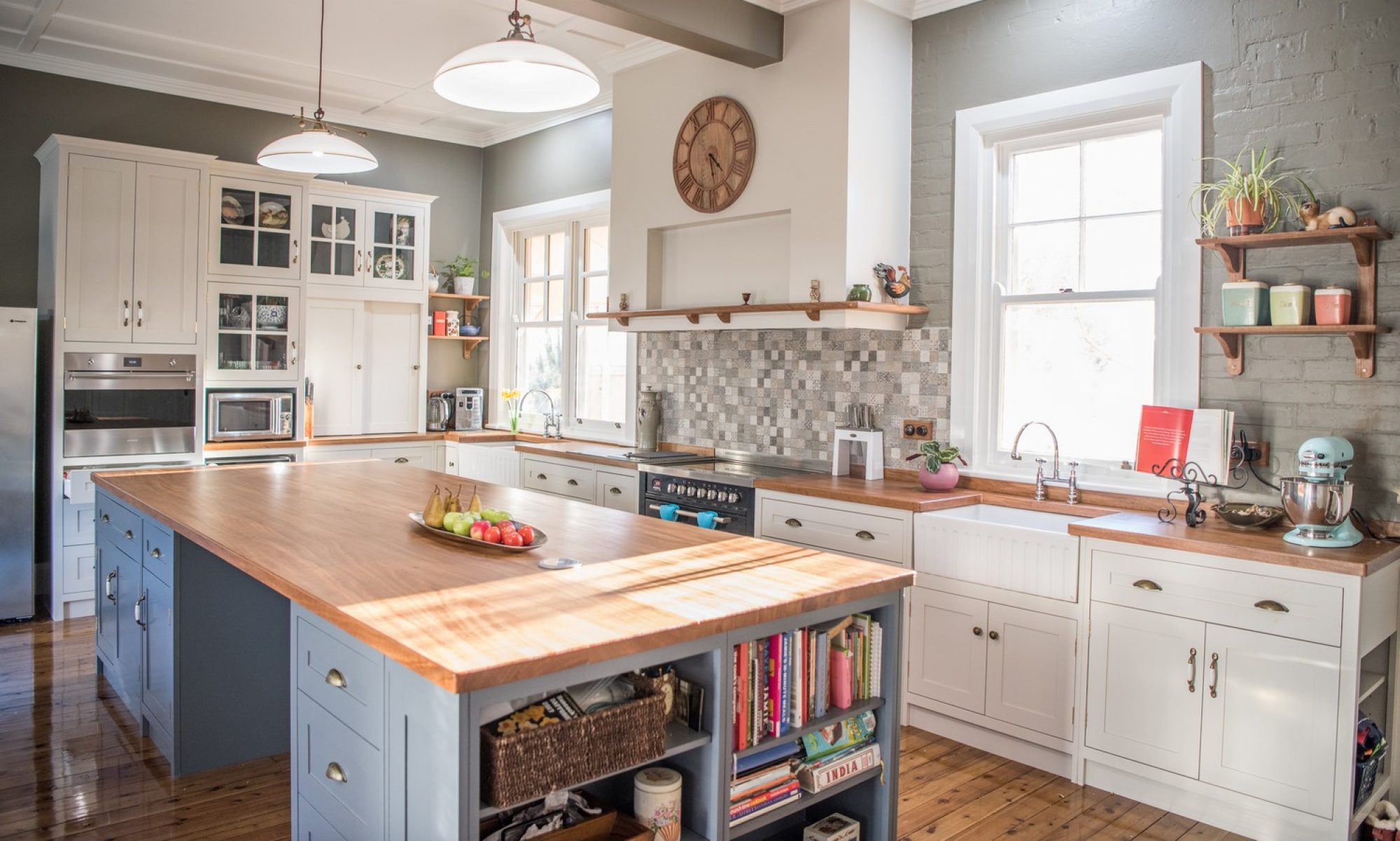
Why Purchase an Accoya Window?
Timber windows offer an aesthetic that just isn’t matched by other materials. Some aluminium and UPVC windows are coated to look like timber, but it just isn’t the same.
Unfortunately however, timber windows come with their downsides. Some timbers bleed through paint and are therefore limited to oiled or stained finishes. Different timbers also have different service lives with some not lasting very long when exposed to the elements, and others lasting longer but requiring upkeep.
Accoya is unique. Compare Accoya to Western Red Cedar for a moment. Accoya has a radial shrinkage of 0.4% whilst WR Cedar has a radial shrinkage of 1.5%. This means that when drying, Accoya shrinks less than 3 times as much as Cedar.
Accoya also has a good hardness for use in windows. It has a Janka Hardness rating of 4.1. Western Red Cedar on the other hand, has a Janka Hardness of 2.
Accoya is extremely durable and has a minimum service life of 70 years. This results in Accoya being a Class 1 timber, a timber expected to last more than 40 years outdoors. Western Red Cedar is Class 2, a timber expected to last 15-40 years outdoors.
The above reasons are already great reasons to buy an Accoya Window, but there’s more!
Accoya is resistant to pests such as termites, It has a 50-year above-ground warranty, can be painted, stained or left uncoated and, Accoya is produced from sustainably grown plantation pine.
How much does an Accoya Window cost?
The short of it is that an Accoya Window will generally be more expensive than an equivalent aluminium or UPVC window, at least as up-front costs are involved. But in the long run, you may see a different picture.
An Accoya Window frame has the benefit of Accoya’s 70 year minimum service life. The average life expectancy of a UPVC window is 20-35 years and 40 years for a thermally broken Aluminium Window. It is also worth noting; not all windows are made equal.
If you would like a price for an Accoya Window, Please contact us.
https://www.gowanleatimbers.com.au/timber-durability/
https://en.wikipedia.org/wiki/Janka_hardness_test
https://brittontimbers.com.au/timbers/western-red-cedar/
https://www.thelondoneconomic.com/property/how-long-do-upvc-windows-last-82940/


